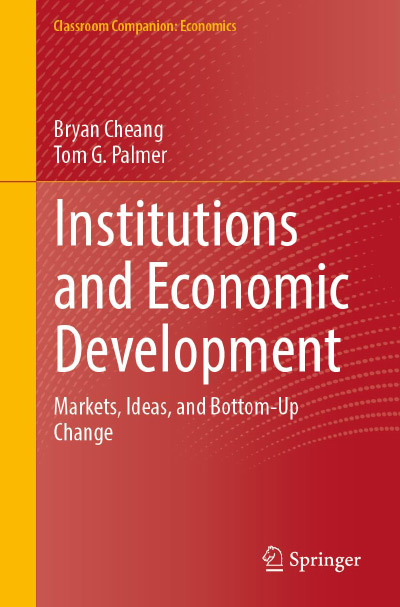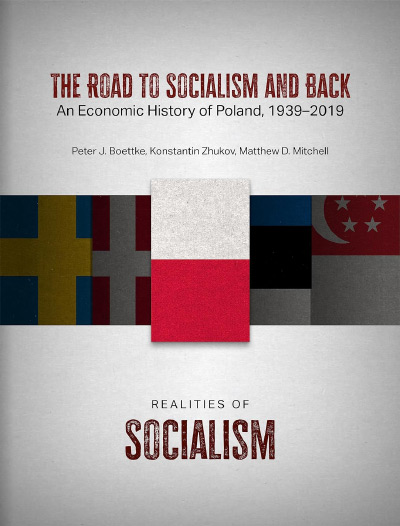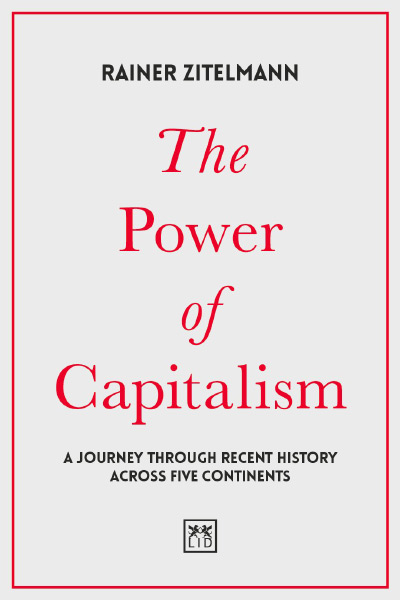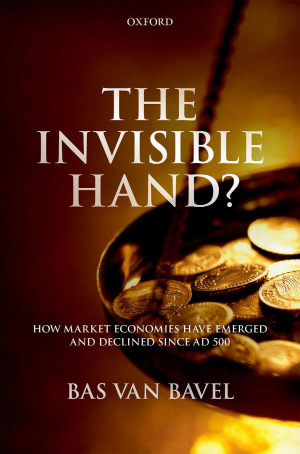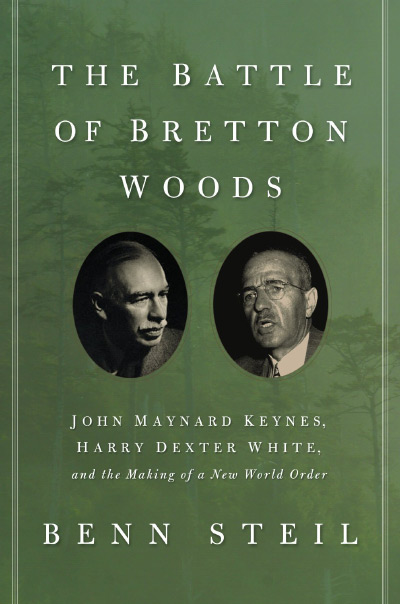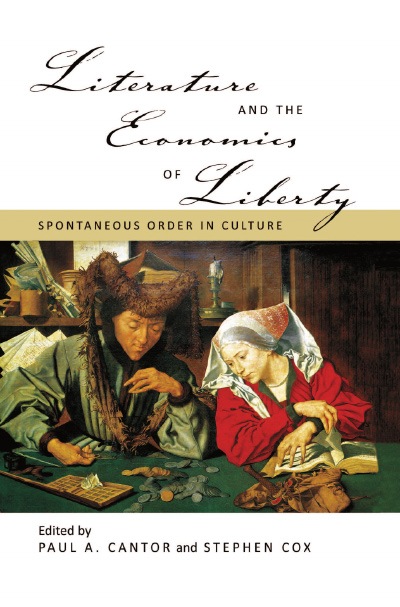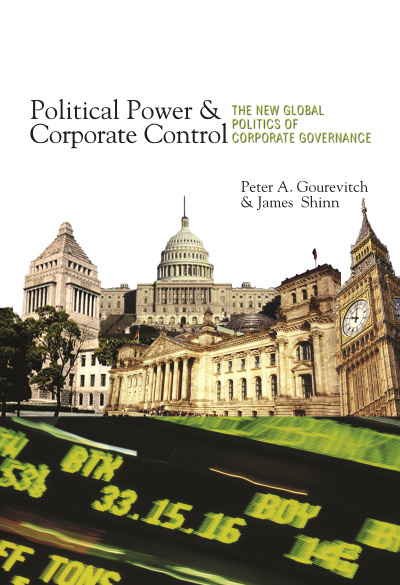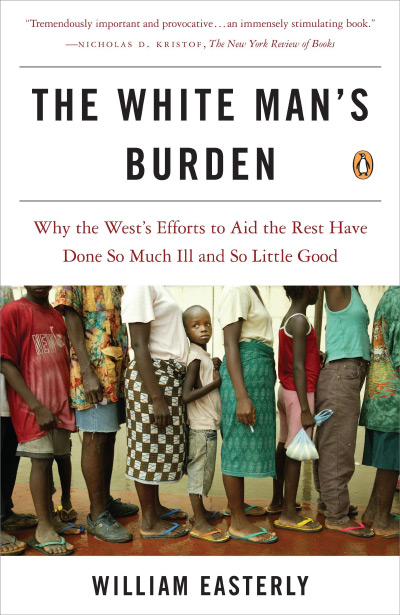Economic development and the improvement of the human condition are of perennial interest to students and scholars alike. Does all our economic theory matter if it cannot help the least of these? Scholars from various schools of thought apply diverse methods of inquiry to churn out work that explores the proverbial Inquiry into the Nature and Causes of the Wealth of Nations. For example, the 2019 Nobel Prize in economics was awarded to Abhijit Banerjee, Esther Duflo, and Michael Kremer for innovative and experimental approaches to alleviating poverty. Paul Collier has explored various poverty traps that keep The Bottom Billion from breaking free of the Malthusian trap. Still other scholars (e.g., William Easterly and Christopher J. Coyne) have explored the limitations of aid and foreign intervention.
Institutions and Economic Development by Bryan Cheang and Tom G. Palmer looks at the overarching structure of economic development and presents a case for polycentric development a la Elinor Ostrom. Cheang and Palmer make the case for humane liberalism, bottom-up change, and institutional entrepreneurship as an ideal path to development. Their framework aims to get the prices, institutions, and culture right. The authors include multiple case studies to illustrate the theories, concepts, and other academic ideas in a manner that will engage undergraduate students.
Does GDP adequately measure the state of society’s development? No, say Cheang and Palmer; however, wealth does liberate one to consider Maslow’s hierarchy of needs and pursue the “good life” (p. 2). Indeed, high incomes are found in all developed nations. Economic growth is therefore presented as a necessary, but not sufficient, cause for development. Development arises from specialization and division of labor which benefit from global trade, valued at $28.5 trillion (UNCTAD 2022). The presentation of data to demonstrate the Great Enrichment (p. 17–20) includes a measure of the world’s middle-class population in 2018 and 2030 (predicted). It is common knowledge that US$1.90/day is the benchmark for poverty, but there is not a corresponding measure for the middle class, thus a definition of what qualifies as middle class is requisite. The brief mention of health care would also benefit from a clarifying definition; what is the global average health care access and quality score that increased by 28.3 percent (p. 21)? They do not neglect the impact of development on sustainable and environmental issues, but they clearly state this book is about governance and institutions, not sustainability. Their thesis builds on a classical liberal worldview that follows Douglass North, F. A. Hayek, and Elinor Ostrom.
The handbook’s overview of the history of development thought covers key mid-twentieth century classical thinkers (Paul Rosenstein-Rodan, Ragnar Nurkse, Albert Hirschman, Arthur Lewis, and Walt Rostow), post-war era contemporary theories (neoclassical and endogenous growth theories, Jeffrey Sachs, and Amartya Sen), and closes by discussing Peter Bauer and Ha-Joon Chang (designated development rebels). In the first section the origin of the big-push mindset (Rosenstein-Rodan), the balanced theory of growth (Nurkse), unbalanced growth (Hirschman), a dual-sector model (Lewis), and economic takeoff (Rostow) are explained and critiqued. Rosenstein-Rodan is found wanting as he assumes too much state capacity in developing countries. Similarly, Nurkse is critiqued for assuming states have the necessary incentives or knowledge to achieve the desired ends (p. 38). The common theme of the classical period is that development requires an active government; Chaeng and Palmer raise significant challenges to their ability to do so effectively.
Contemporary development scholars have placed an emphasis on capital accumulation (Robert Solow). Neoclassical growth accounting is explained in detail with derivation of the basic Solow model (p. 44–47). Cheang and Palmer explain that this theory falls short due to only explaining proximate causes (capital, labor, and technology), and not the necessary institutional framework. Paul Romer’s endogenous growth theory shows that innovation can sustain growth in the long run (p. 48). Cheang and Palmer then point to the importance of entrepreneurship (Randall Holcombe 2007). It is worth adding here Peter Boettke and Coyne’s (2003) notion that entrepreneurship is omnipresent requiring the correct institutional structure (property rights and rule of law) to make entrepreneurship productive (William Baumol 1996). The history of thought section wraps up with a welcome addition of Bauer and Chang. Especially with the current trend to address colonialism and neoliberalism, this section will provide substance to a reading list that might otherwise be missed. As Easterly (2021) explains, there is no dichotomy between anti-colonialism and free markets. Cheang and Palmer push back against Chang’s criticisms of neoliberalism with the ideas of North (1977) and Deirdre McCloskey (1997, 2010).
The primary contribution of Institutions and Economic Development is the theory and vision for development that gets the prices, institutions, and culture right. Cheang and Palmer do not present markets as a cure all but argue for the benefits of economic freedom (p. 64–65) and the necessity of market competition to discover the appropriate allocation of scarce resources. Five case studies demonstrate the power of bottom-up market reforms (India, Madrid, Philippines, Indonesia, and Lithuania). Cheang and Palmer make excellent use of the case study throughout the handbook, putting the meat of real-world stories onto the bones of theory. This strategy successfully grabs students’ interest and deepens understanding.
Cheang and Palmer assess both the market and state’s ability to efficiently allocate resources and argue for the comparative superiority of the market. Yet, as they reiterate throughout, the emergence of good institutions must undergird the market. Finally, dependency theory is explicated. Again, the authors broaden the typical theoretical perspective as they confront challenges to their thesis. This section addresses the importance of power imbalances in holding poor nations back. Their bottom-up solutions to the critiques of dependency theory are most salient.
To emphasize the importance of getting the institutions right, Cheang and Palmer address the failures of the Washington Consensus (neglecting local institutions and culture) and Foreign Aid (potential capture by bad political actors and poor institutions). But before that application they lay out the key tenets of New Institutional Economics following North, Oliver Williamson, and Ostrom (see Table 4.1, p. 90). In the meat of this chapter, they lean into North and Ostrom to define and discuss the institutions necessary to facilitate economic progress, but at the same time situate this “new school” in the original institutionalism of Thorstein Veblen embracing a habit following conception of humans rather than homo economicus. Private property and the rule of law are explained in detail (p. 98–104), and case studies are once again marshalled for demonstrative purposes.
Given McCloskey’s (2006, 2010, 2016) argument that the change in conversation surrounding the merchant was the catalyst that sparked the Great Enrichment, courses on development should at minimum introduce the cultural variables relevant for development. Cheang and Palmer do just this. They define culture as ideas rather than practices and lifestyles, building on the typology of Lawrence Harrison. They reject cultural relativism in their search for ideas and beliefs (culture) that endorse productive wealth creation (see Table 5.1, p. 123). The framework is applied to Jewish and Chinese immigrant success to demonstrate how cultural traits influence economic success (p. 122–125). Cultural entrepreneurs are the agents that change norms and institutions, argue Chaeng and Palmer. Two case studies on cultural change in contemporary Africa offer examples of grass roots efforts to change women’s role in society (p. 142–145).
No treatment of economic development is complete without analysis of state capacity. The handbook explains its importance, applies Timothy Besley and Torsten Persson’s (2010) definition, and explains its key roles: establish the rule of law, enforce property rights, and provide military defense (p. 154). After detailing historical, geographical, and political economy determinants of state capacity (p. 156), Cheang and Palmer deconstruct it. First, they briefly consider the potential for private governance (Bruce Benson 2011; Edward Stringham 2015); they conclude that private governance mechanisms do not scale and are historically rare (p. 158–159). However, co-production between the state and local agencies is necessary for nimble development (Paul Aligica et al. 2019), and without constraints state capacity will devolve into predation (Boettke and Rosolino Candela 2020). Ultimately, Cheang and Palmer make a case for Ostromian polycentric governance that provides a mechanism for the endless process of inquiry and innovation.
In the ideal world of humane liberalism, civil society groups act as change agents, that is institutional entrepreneurs that enable the development process. Institutions (good or bad) can be locked in through colonial heritage, extractive institutions, political conflict, and anti-market ideology (p. 190). To break out of lock-in, institutional entrepreneurs that have a stake in, and can benefit from, adjusting the status quo need to activate their potential. Ostrom’s community-based organizations act as polycentric global nodes for change. These local organizations can help align sound policy with political self-interest to overcome the collective action problem (Mancur Olson 1965).
In sum, Cheang and Palmer’s Classroom Companion offers a thorough treatment of development economics with a couple of notable additions. The inclusion of the cultural argument and Ostromian co-production in state capacity offers the potential for great classroom discussion. In addition, the case studies throughout offer real world application of theory accessible to the average undergraduate.



